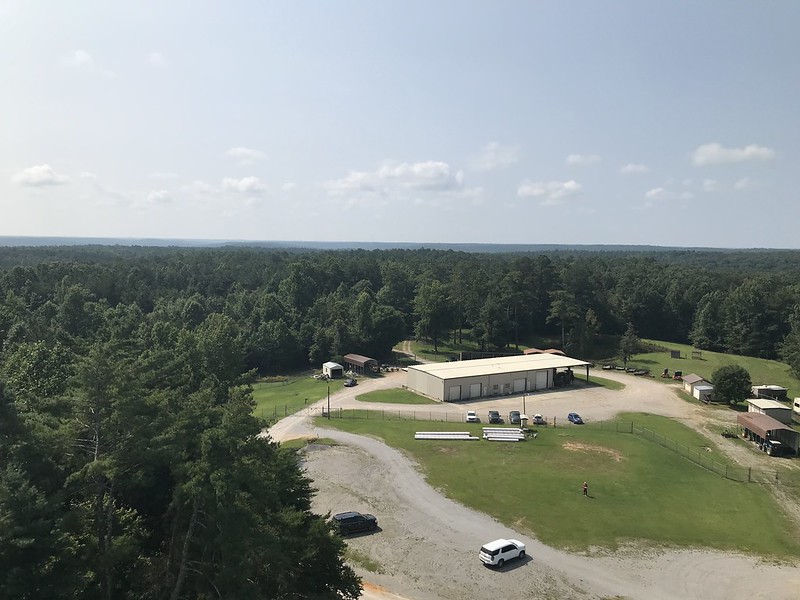AMF3 Site Science Team Blog: New Science Plan Details Deployment Opportunities
Published: 26 October 2023
Editor’s note: The third ARM Mobile Facility (AMF3) will soon begin operations in northern Alabama. Brookhaven National Laboratory atmospheric scientist Chongai Kuang, who leads the site science team for AMF3’s forthcoming Bankhead National Forest (BNF) deployment, provided the following blog update.

Over the past six months, our site science team has participated in a number of activities focused on continued outreach to and engagement with user facilities (e.g., Environmental Molecular Sciences Laboratory [EMSL]), measurement networks (e.g., ASCENT, NEON, IMPROVE, NASA GPM), and science communities/associations. Since April, team representatives have shared BNF science at the following events:
- Joint ARM User Facility/Atmospheric System Research (ASR) Principal Investigators Meeting
- DOE Environmental System Science (ESS) Southeast Land-Atmosphere Research Opportunities (SELARO) Workshop
- Global Energy and Water Cycle Exchanges (GEWEX) Integrated Product Workshop
- American Association for Aerosol Research (AAAR) biosphere-atmosphere symposium.
In June, we held our first in-person AMF3 BNF Site Science Team Workshop at Brookhaven National Laboratory. The workshop focused on presentations and discussions of individual team member science interests and coupled, thematic science drivers across the aerosol, convective cloud, and land-atmosphere interactions topical groups. These focused discussions resulted in the development of the AMF3 BNF Science Plan, which is now publicly available. This document provides critical background information on and science justification for the deployment siting, configuration, and measurement priorities. The plan touches upon not only community-driven science opportunities but also novel measurement facilities/instruments that support these cross-cutting science drivers and broader community participation (e.g., support of guest instrument deployments).
Looking forward, we continue to work closely with our site operations partners on the establishment and development of the supplemental sites and cloud and precipitation radar locations. Our site science team will also continue engaging and working with ARM, ASR, EMSL, ESS, NASA, and other communities as future opportunities are discussed and developed for collaboration and transformative, cross-cutting science.
Keep up with the Atmospheric Observer
Updates on ARM news, events, and opportunities delivered to your inbox
ARM User Profile
ARM welcomes users from all institutions and nations. A free ARM user account is needed to access ARM data.


















